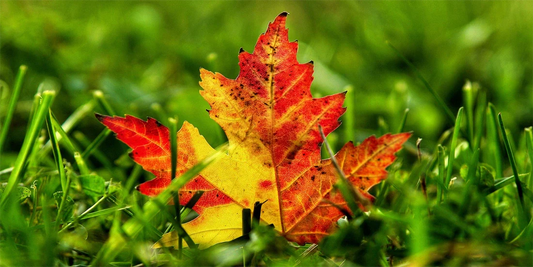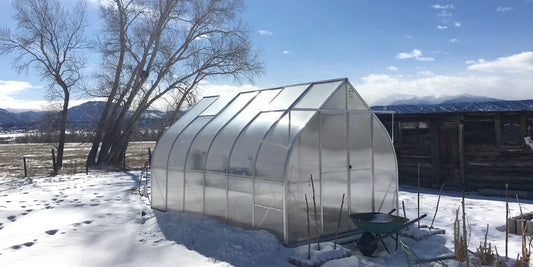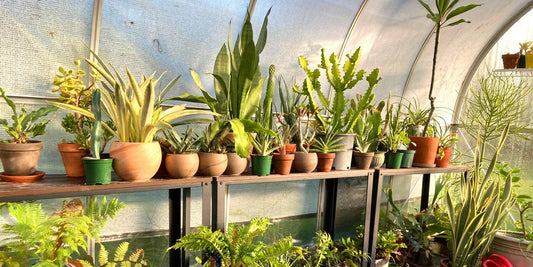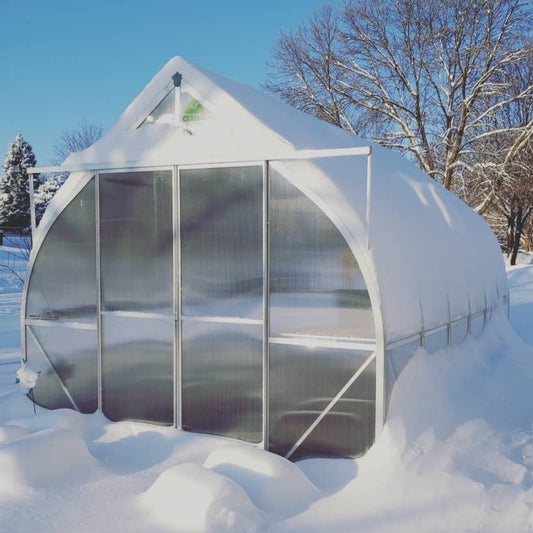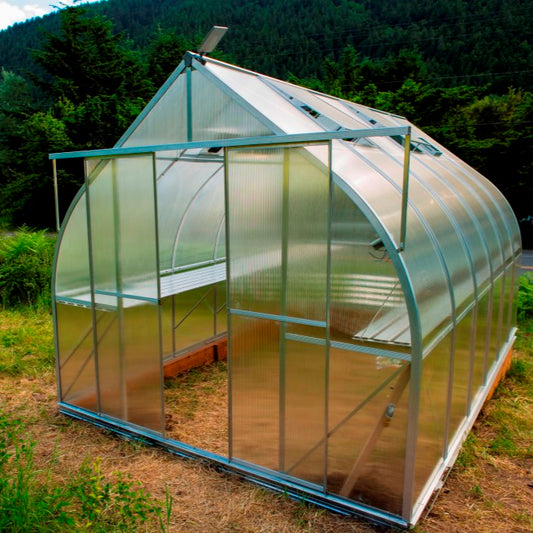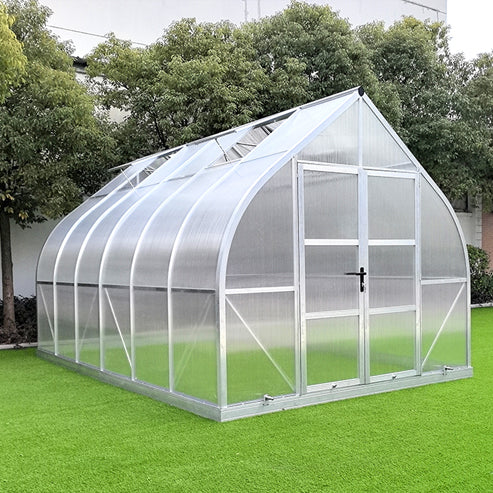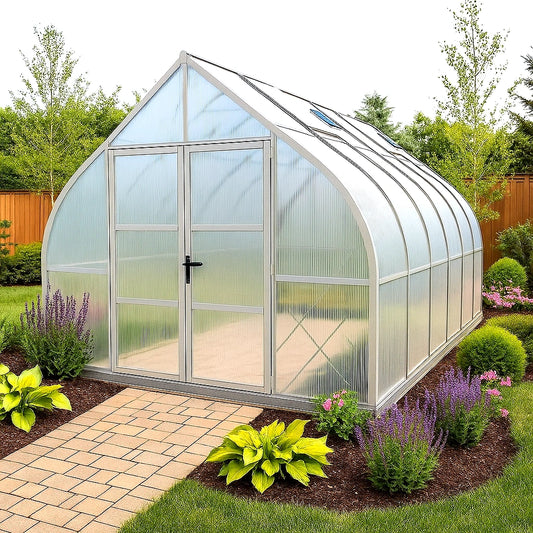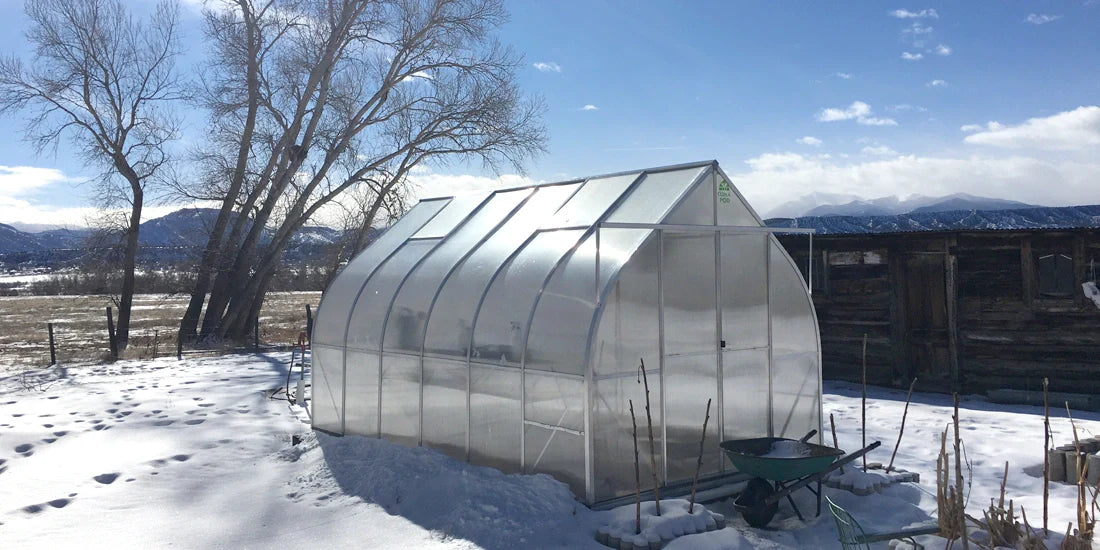
Greenhouse Heating in Winter: Complete Guide
Learn how to keep your greenhouse warm in winter, choose the right heating methods, and ensure your plants thrive all year round.
Why Heat a Greenhouse in Winter?

During winter, greenhouse temperatures can drop significantly, which may harm or even kill your plants. Heating a greenhouse helps maintain a stable environment, allowing you to continue growing plants and protecting delicate species from frost.
How to Heat a Greenhouse in Winter
Electric Heaters
Electric heaters are one of the most popular options. They come in different types and capacities, so it’s important to select one that suits the size of your greenhouse.
Heated Floors
Heated floors installed under the soil provide a consistent temperature for plant roots, promoting growth and health throughout the winter.
Solar Water Heaters
Solar water heaters collect sunlight and convert it into heat, offering an environmentally friendly way to warm your greenhouse.
How to Choose a Heater for Your Greenhouse
When selecting a greenhouse heater, consider:
- Power: The heater must be strong enough to warm the entire greenhouse.
- Type: If electricity is unavailable, electric heaters will not work, so consider alternatives like gas or solar.
- Price: Choose a heater that balances cost and quality for long-term use.
Which Plants Need Greenhouse Heating in Winter?
Not all plants require additional heat. Hardy vegetables like carrots, potatoes, and onions can survive cold temperatures. However, tender crops such as tomatoes, peppers, and eggplants need consistent warmth. Plan your heating according to the plants you intend to grow.
How Greenhouse Materials Affect Heat Retention

The construction material of your greenhouse significantly affects its ability to retain heat. Here’s a closer look at common options:
1. Polyethylene Film
Film is affordable and allows light to enter while retaining heat moderately well. However, it is not UV resistant, wears out quickly, and cannot withstand heavy snow, making it best for seasonal use.
2. Glass
Glass allows excellent light transmission and creates ideal conditions for plants, but it loses heat quickly in winter, requiring additional heating.
3. Cellular Polycarbonate
Cellular polycarbonate is modern, durable, and highly effective at retaining heat. Its double-wall structure traps air, providing insulation. It also offers uniform light diffusion, UV resistance, and can handle snow loads, making it ideal for winter greenhouse use.
Conclusion
Heating a greenhouse in winter is essential for gardeners who want to grow plants year-round. By considering your greenhouse size, materials, plant types, and heating options, you can create a comfortable and productive environment for your plants while minimizing energy costs.

